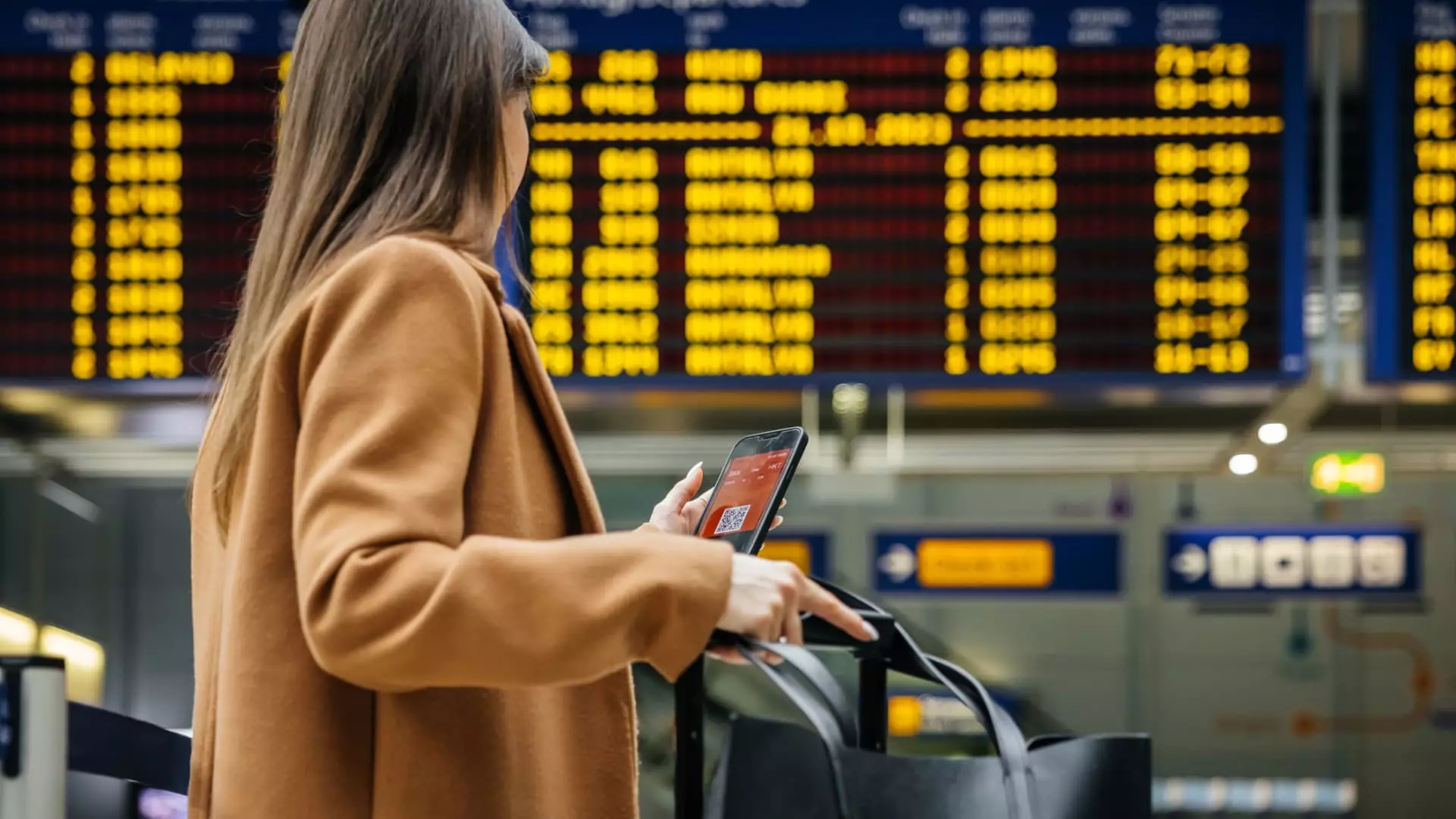Recent research from the Bank of America indicates that travel spending among American households continues to surpass pre-pandemic levels. This trend is largely fueled by a surge in international trips, according to economists Taylor Bowley and Joe Wadford. They highlight that vacationing abroad is a key driver of the current travel momentum. Despite a slight decrease in overall travel spending from 2023, it remains significantly higher than levels seen in 2019, with a 10.6% increase per household.
The demand for international travel is showing no signs of slowing down, with 17% of Americans expressing their intention to vacation abroad in the next six months, up from previous years. Hayley Berg, lead economist at travel site Hopper, expects this trend to continue. Factors such as the easing of Covid-19-related health concerns, dropping travel restrictions, and falling international airfare prices have contributed to the increased demand for overseas travel.
Changing Landscape of International Travel
While Europe remains a popular destination for American tourists, with lower average round-trip fares this year compared to previous years, the Bank of America reports that spending on Asian travel has seen significant growth. This is attributed to advantageous exchange rates and a shift in travel preferences among Americans.
Despite the rise in international travel, most Americans are still choosing to vacation domestically. According to McKinsey, 68% of all trips starting in the U.S. are within the country’s borders. However, as international travel gains traction, domestic travel demand has softened slightly. Higher-income households, earning more than $125,000 a year, are leading the trend towards international travel, opting for luxury accommodations and continuing to splurge on travel experiences.
While some travelers may be concerned about rising inflation impacting travel costs, McKinsey notes that most are adapting their behavior instead of canceling trips. This includes traveling during off-peak periods or booking travel further in advance to mitigate the impact of increased expenses. Overall, the willingness of travelers to adjust their plans demonstrates a resilience and adaptability in the face of changing economic conditions.
The landscape of travel post-pandemic is evolving, with a growing preference for international trips among American households. Despite challenges such as inflation and changing travel restrictions, travelers are finding ways to continue exploring the world. The shift towards international travel, particularly in regions like Asia, highlights a diversification of travel preferences and a willingness to adapt to new circumstances. As travelers navigate this changing landscape, the resilience and determination to explore new destinations remain at the forefront of the travel industry.

